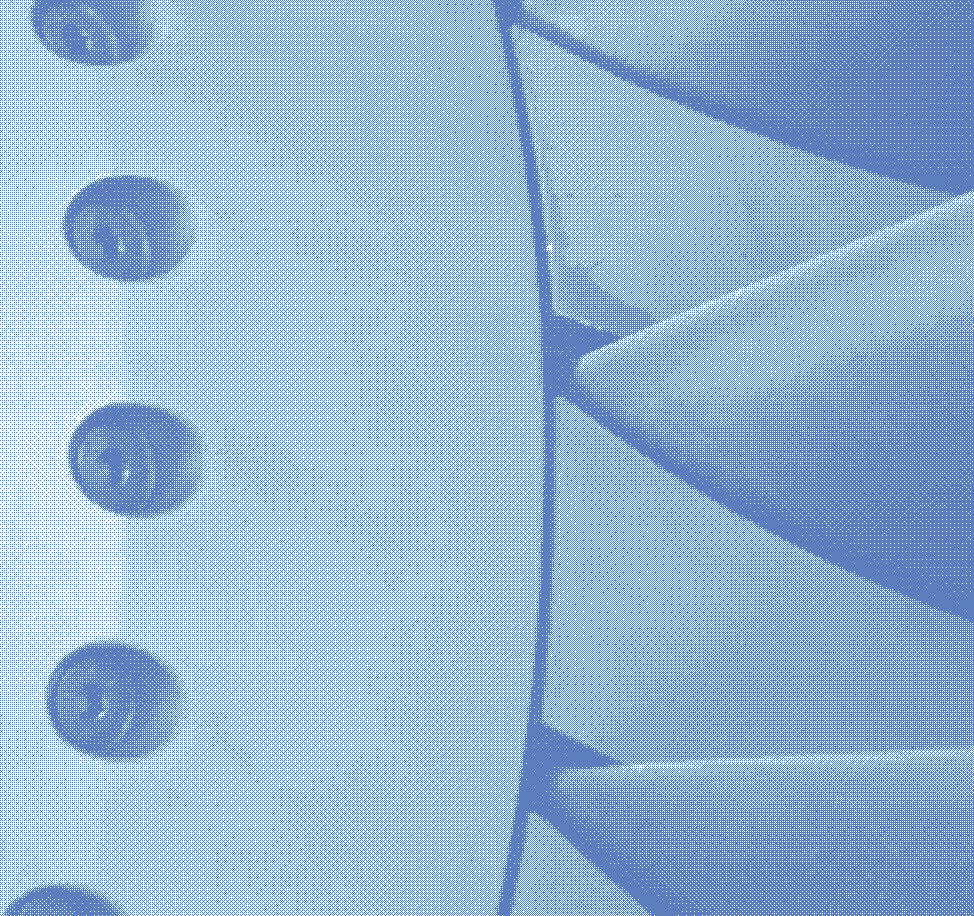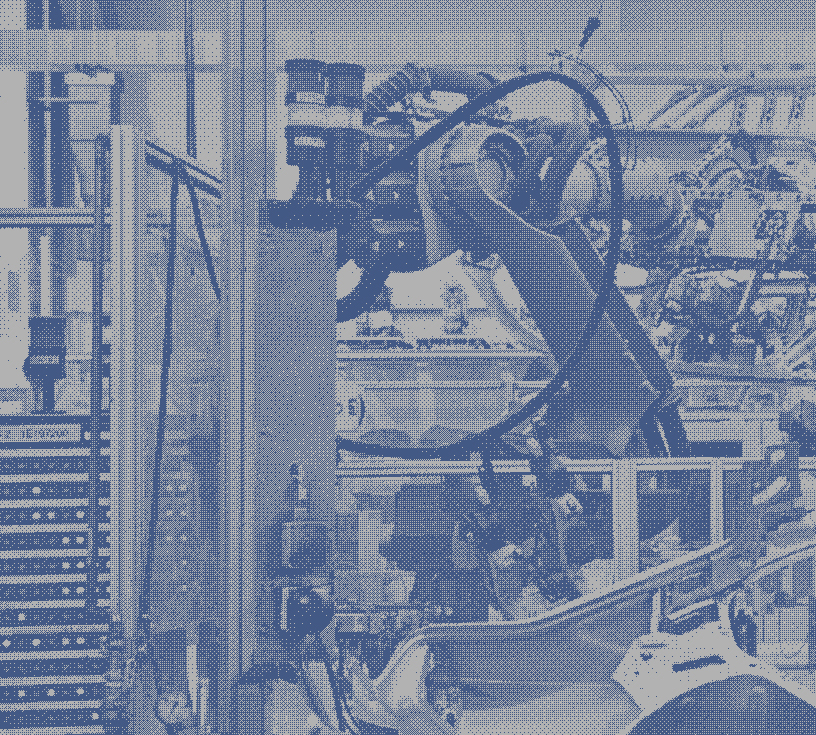



Research Projects
Aluminium
Crystal Plasticity and Microstructure Modelling for Rolled Aluminium Sheet

When bending is applied to Al sheets, early failure may appear between grain boundaries on the surface deformed in tension. The cause is still unknown, but it has been observed that different textures lead to different propensities to failure. In this project, Crystal Plasticity Modelling (CPM) is being used to study the relationship between bending failure and texture, focusing especially on the effect of texture on stress and strain localisation. The crystal plasticity model uses DAMASK, formable and MTEX. Their inputs are textures measured with Electron Backscatter Diffraction (EBSD) and experimental tensile test curves. Then, comparisons between the results from the simulations under different tension modes and different textures can be made to draw conclusions in the context of failure in bending. Simulations of uniaxial and plain strain tension for three different textured samples will be carried out. The stress and strain tensors at every point of a representative volume element generated by the model can be extracted and visualised with Paraview. This information is very valuable to study the initialisation of cracks, which it is suspected to be caused by strain localisation and the shear bands formation in the alloys studied so far. Other factors such as heat treatments, voids and hard particles could also have a strong influence in the initialisation of cracks and they could also be included in the model throughout this PhD project.
